#koreanempire
Explore tagged Tumblr posts
Text
DEOKSUGUNG SEOKJ0JEON HALL (PART 1)
덕수궁 석조전 (제 1부)


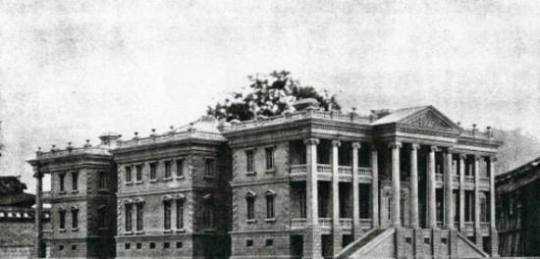

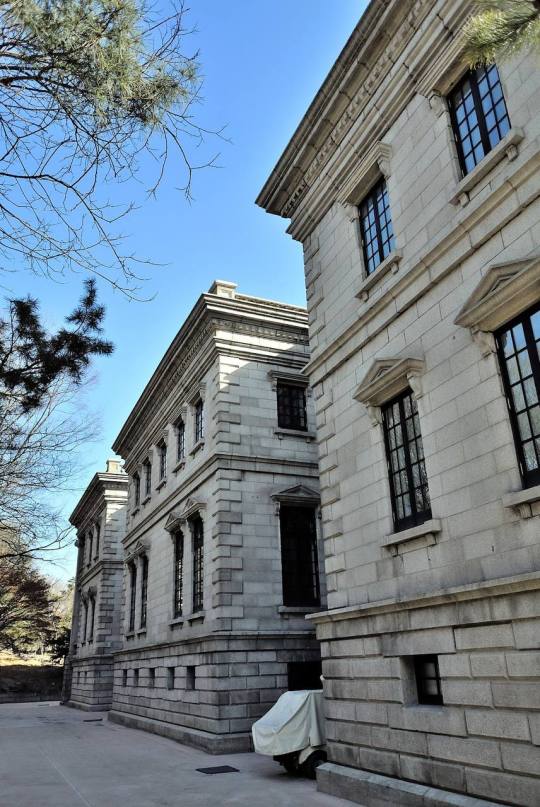
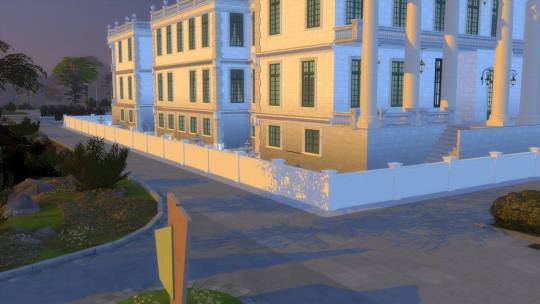
After 15 months of gradual but constant commitment, I finally completed this project!
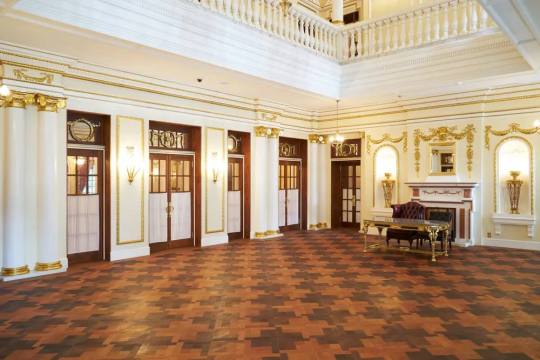
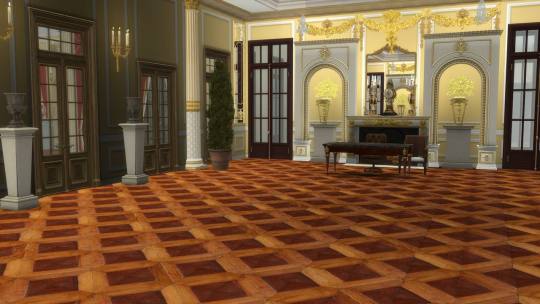
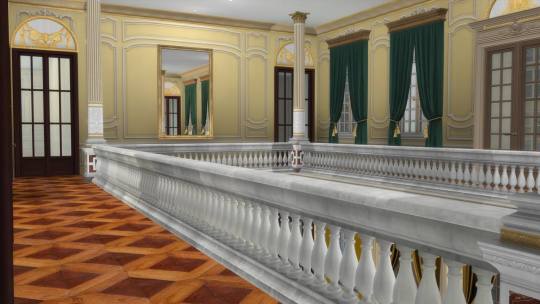
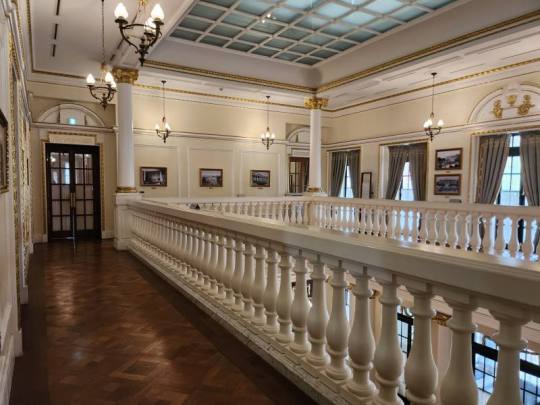

Central Hall (중앙홀)
The main hall is a two-story structure space. It is the first space to enter when viewing.

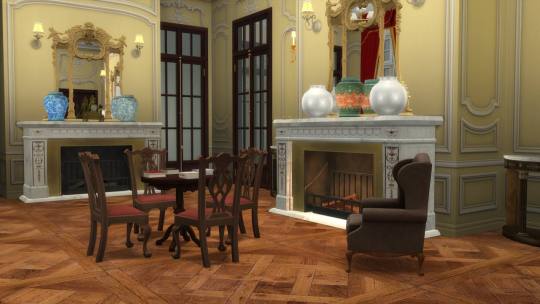

VIP Waiting Room (귀빈 대기실)
This is the right-side hall. It's the room visitors move into after touring the central hall. This room, where guests waited to be announced to the emperor, has the same interior design as the central hall, except it lacks decorative pillars. The left door is a fake designed to strictly adhere to the English neoclassical interior style characterized by strict symmetry and opens to reveal only a blank wall.
Visitors typically waited for the emperor's audience while enjoying biscuits, snacks, champagne, and so on, served by the royal household.
The waiting room has a console table, a regular table, a round table, four chairs, an armchair, and a display cabinet. Among these, the armchair and display cabinet are original pieces, while the rest are replicas recreated based on a catalogue commissioned from Maple Furniture Company at the time of construction.
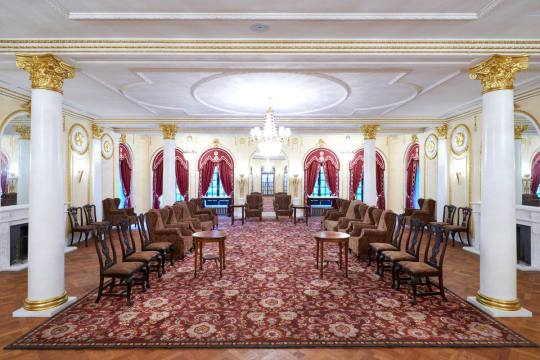

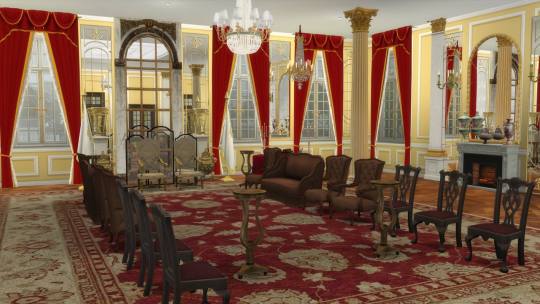
Reception Room (접견실)
This is a room located above the central hall, and it is the largest room on the first floor. It is where the emperor held audiences.
Audiences involved the emperor being approached, bowing three times in greeting, and then departing backwards, which was quite bewildering and challenging for foreign envoys.
The most expensive item in the reception room was imported European wall mirrors. The Palace of Versailles in France had a Hall of Mirrors at its centre, as mirrors were incredibly expensive and extravagant luxury items of the time. Decorating the palace, the centre of both the court and France, with mirrors was a sophisticated political manoeuvre to diminish the pride of foreign envoys and secure France's diplomatic dominance by showcasing a grand gallery of mirrors. Mirrors were costly because only skilled artisans from Venice could produce them, and there are stories of considerable efforts made by France to acquire this technology. The mirrors in the Seokjojeon Hall reception room were imported directly from Europe, cut into decorative shapes, and transported very carefully over an extended period.
The ceiling in this space is lower compared to others, likely due to its settling during the Korean War.

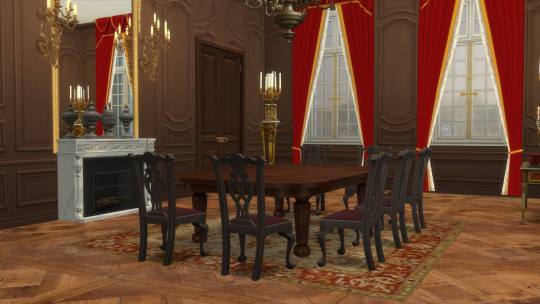
The Small Dining Room (소식당)
The Small Dining Room is located to the left of the reception room. While it appears to have been a gathering place for the royal family for meals, it was actually a room where a few select guests had simple meals. Compared to the main dining hall, the dining table here is smaller, accommodating up to about 5 people at most. In one corner of the room, there is a cabinet for storing spoons, knives, and forks. The ivory tableware displayed there was reportedly acquired through an auction in England during the restoration period.
This room is unique among the others in its interior finish, featuring panelling made of English oak with a lacquered appearance.
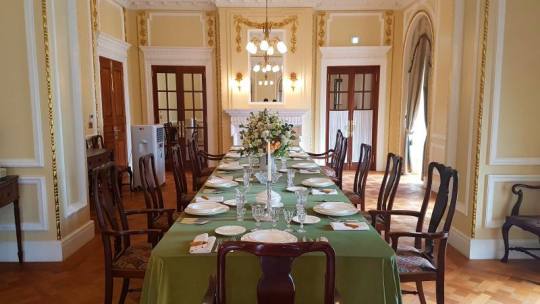
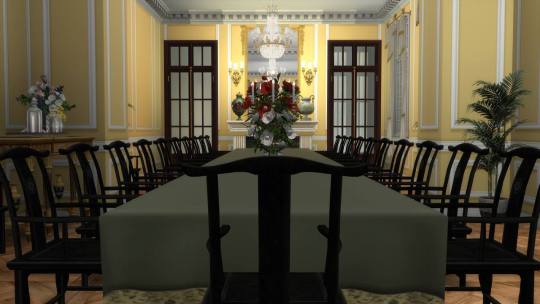
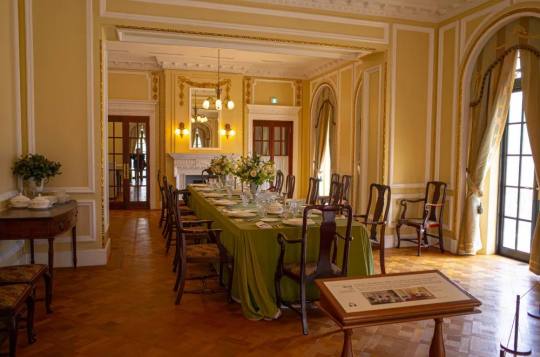
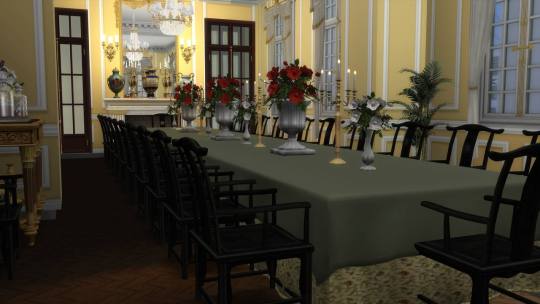
The Grand Dining Room (대식당)
The Grand Dining Room is a dazzling space that captures the attention of visitors with its crystal chandelier, luxurious tablecloths, and tableware. Located to the left of the central hall, it was a space where Western-style banquets were served to participants after formal events. The room is adorned with a long dining table and multiple chairs.
#the sims 4#ts4#simblr#sims 4#sims 4 custom content#sims 4 screenshots#the sims 4 cc#the sims cc#sims 4 palace#palace#architecture#building#sims 4 emperor#koreanempire#south korea#korean#joseon era#seokjojeon#deoksugung#sims#sims 4 gameplay#sims 4 cc
19 notes
·
View notes
Text
The Korean Empire and the End of the Monarchy [Korean History 50]
In this video, I will focus on important events that occurred at the end of the 19th century and the beginning of the 20th century in Korea; more precisely, the end of the Joseon Dynasty 조선 and the whole history of the Korean Empire (Daehanjaeguk) 대한제국 (1897-1910). During this relatively short period of time, Korea saw tremendous social changes and also a major loss of its sovereignty. First, we…

View On WordPress
1 note
·
View note
Photo


Special Mention 🇰🇷🏯🎬
4 notes
·
View notes
Photo

#Tiger and magpie" by an anonymous artist, Joseon ca.19th century. Hanging scroll in ink, color and gold on paper. From the collection of @ostasiatiska Photo © Tobias Taxgård. #tiger #magpie #joseon #19thcentury #art #antiques #design #interior #museum #östasiatiskamuseet #asian #asianart #ink #koreanart #chineseart #korea #china #gold #animals #koreanempire #大朝鮮國 #대조선국 #한국인 #韓國人 #koryo #goryeo #대한민국 #한국 미술 (på/i Östasiatiska museet) https://www.instagram.com/p/CEePWxGBcqb/?igshid=17vpa8ourbqdt
#tiger#magpie#joseon#19thcentury#art#antiques#design#interior#museum#östasiatiskamuseet#asian#asianart#ink#koreanart#chineseart#korea#china#gold#animals#koreanempire#大朝鮮國#대조선국#한국인#韓國人#koryo#goryeo#대한민국#한국
1 note
·
View note
Text


WIP SEOKJOJEON HALL
Currently working on a palace heavily based on Seokjojeon Hall.
Seokjojeon Hall, erected between 1900 and 1910, is Korea's inaugural Western-style edifice. The structure was conceived by Welsh architect John R. Harding, and commissioned by Emperor Gojong in his quest for modernization. The construction of the Stone Palace marked a final attempt to rejuvenate a struggling Korean empire.
#the sims 4#sims royalty#ts4#ts4 build#simblr#deoksugung#seokjojeon#koreanempire#gojong#welsh#british#architecture#sims palace#sims#sims 4#sims 4 cc
2 notes
·
View notes